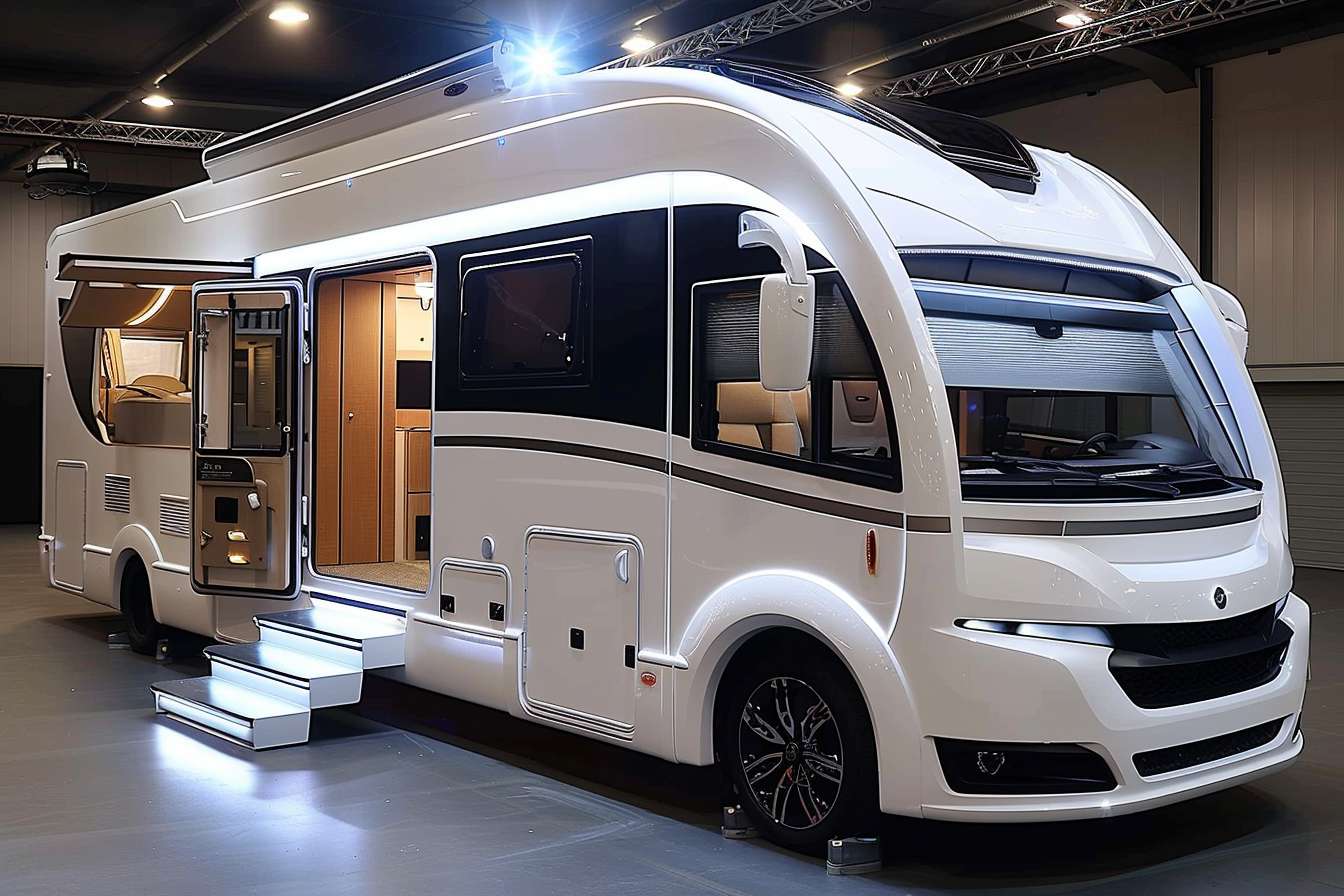How Some Americans Are Getting Into Motorhomes Without Traditional Down Payments
The recreational vehicle market has evolved significantly, with financing options that weren't available just a few years ago. As RV sales reached record highs with over 600,000 units sold in 2023, dealers and lenders have developed creative financing solutions to help more Americans access the RV lifestyle. This comprehensive guide explores the various payment structures, dealer incentive programs, and alternative financing arrangements that are changing how people approach motorhome ownership. Whether you're considering your first RV or looking to upgrade, understanding these modern financing approaches could help you make a more informed decision about your recreational vehicle journey.

Understanding Modern RV Financing Programs
Today’s RV financing landscape offers diverse options beyond conventional loans. Dealers and lenders now provide specialized programs including zero-down financing, deferred payment plans, and manufacturer-backed incentives. These programs often cater to different buyer profiles, from first-time RV owners to experienced travelers looking to upgrade their existing units.
How Credit Requirements Shape Financing Opportunities
Credit scores play a crucial role in RV financing approval, but they’re not the only factor. While traditional lenders typically require scores above 700 for optimal terms, some specialized RV lenders work with scores as low as 620. Income requirements, debt-to-income ratios, and employment history also significantly influence approval chances and interest rates.
Monthly Payment Structures and Ownership Costs
Monthly payments for RV financing depend on several factors:
-
Loan term length (typically 10-20 years)
-
Interest rate
-
Purchase price
-
Down payment amount
-
Credit score
-
Type of RV
| Common RV Financing Structures | Typical Terms | Required Down Payment |
—|—|—
| Traditional Bank Loan | 10-15 years | 10-20% |
| Dealer Financing | 12-20 years | 0-10% |
| Manufacturer Programs | 10-15 years | 0-5% |
| Credit Union Loans | 10-12 years | 5-15% |
Prices, rates, or cost estimates mentioned in this article are based on the latest available information but may change over time. Independent research is advised before making financial decisions.
State Regulations and Local Dealer Programs
Different states maintain varying regulations regarding RV financing and sales. Some states offer tax advantages for RV purchases, while others have specific licensing requirements. Local dealers often provide unique incentive programs that can include:
-
Extended warranty coverage
-
Maintenance packages
-
Insurance bundles
-
Service agreements
Lease-to-Own vs. Traditional Financing Options
Lease-to-own arrangements present an alternative path to RV ownership. These programs typically require lower credit scores and minimal down payments compared to traditional financing. While monthly payments may be higher, they often include maintenance coverage and provide flexibility to upgrade or return the vehicle.
Making the Right Choice for Your Situation
The optimal financing approach depends on individual circumstances, including:
-
Current financial situation
-
Long-term ownership goals
-
Usage plans
-
Credit profile
-
Available cash for down payment
When exploring RV financing options, it’s crucial to consider both immediate affordability and long-term financial impact. Whether choosing traditional financing or alternative programs, understanding all available options helps ensure a sustainable path to RV ownership that aligns with personal financial goals and lifestyle needs.




